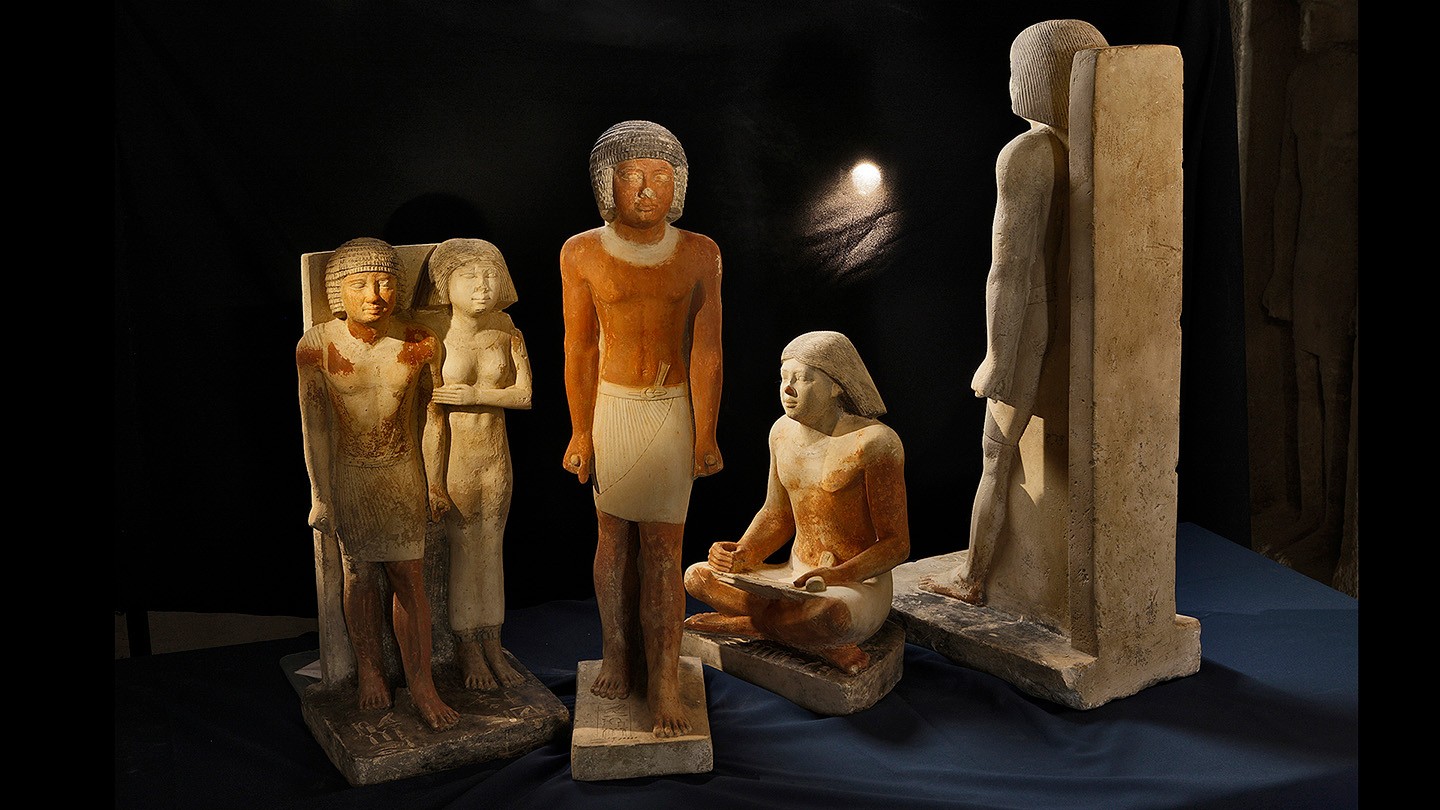Grizzly details about ancient child sacrifices, a map of a lost city in the Amazon and the answer to a Stonehenge mystery are some of this year’s insights into human history.
Bygone brains
Discovering a human brain at an archaeological site is more common than you might think. A new archive catalogs some 4,400 ancient brains that have been found dried out, frozen or otherwise preserved (SN: 3/19/24). Brains may owe such surprising sturdiness to their chemical makeup.
Ancient arts and crafts
The oldest rock art in the Americas may be a set of cave paintings in Argentina that date back some 8,200 years (SN: 3/9/24, p. 16). That’s several thousand years older than other rock art in the region. The nearly 900 paintings in a cave called Cueva Huenul 1 — which include geometric shapes plus figures of humans and animals — may have helped preserve cultural knowledge across generations of hunter-gatherers.

Herder heritage
Yamnaya herders arriving from southwest Asia rewrote Europe’s genetic history starting around 5,000 years ago, according to the DNA of more than 1,600 ancient people (SN: 2/10/24, p. 14). Northern Europeans may have Yamnaya ancestry to thank for their taller statures and lighter skin, as well as their vulnerability to multiple sclerosis. Eastern Europeans, meanwhile, may have inherited a Yamnaya gene variant linked to Alzheimer’s disease.

Egyptian ergonomics
Hunching over scrolls took a toll on ancient Egyptian scribes (SN: 6/27/24). The skeletons of 30 scribes buried at the Abusir pyramid complex show signs of arthritis and other damage from poor posture.

Stonehenge’s Scottish centerpiece
The mysterious Altar Stone at the heart of Stonehenge likely came from Scotland (SN: 8/14/24). Previously thought to share the Welsh origins of other Stonehenge blocks, the stone closely matches the mineral makeup of the Orcadian Basin, a Scottish rock formation.

Pompeii’s terrible,…
Read the full article here





